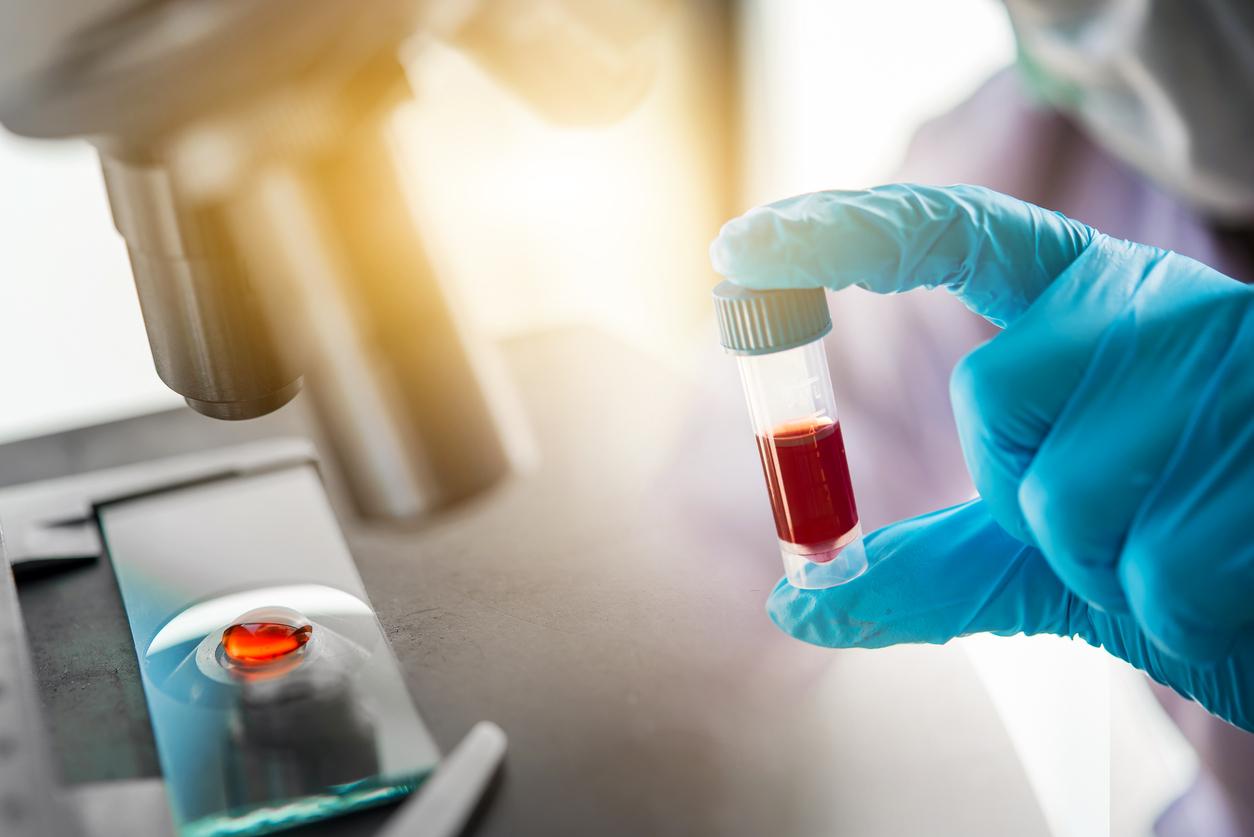Researchers in Uppsala, Sweden, have just discovered an unprecedented function of blood platelets: that of reducing the spread of tumor cells through the body by protecting the walls of blood vessels.

- Blood platelets would prevent the spread of tumor cells by strengthening the vascular barrier of blood vessels.
Also called thrombocytes, blood platelets are tiny cell fragments that form in the bone marrow and circulate in the blood. If their main mission is to contribute to blood clottingresearchers from the University of Uppsala (Sweden), have just discovered a new function in the fight against cancer.
In a study published in the journal cancer-research, they explain that they discovered in a mouse model that blood platelets help to preserve the vascular barrier of blood vessels. Made thus selectively impermeable, they would thus prevent the spread of tumor cells to other parts of the body.
The key role of PDGBFs in controlling the spread of tumor cells
In their study, the researchers explain that they studied the functioning of platelet-derived growth factor B (PDGFB), a substance contained in blood platelets and which is activated in the event of injury or tumour. The authors of the work wanted to understand what happens when PDGFB from platelets, but not from other cell types, is suppressed in people with cancer.
Platelet PDGFB was thus found to be essential in attracting supporting cells to tumor blood vessels. In healthy tissue, on the other hand, platelets do not perform this function. If the PDGFB lacked platelets, the amount of circulating tumor cells increased and these spread to other parts of the body to a much greater degree.
These new results nuance those of previous studies that had concluded that blood platelets could promote the spread of tumor cells to other parts of the body. “Our data show that platelet activation in cancer is not entirely harmful. On the contrary, PDGFB released when platelets are activated can help maintain the vascular barrier in tumors, thus counteracting the spread of tumor cells. It is therefore important that the specific functions of the different platelet-derived molecules are taken into account when developing new therapies.”explains Anna-Karin Olsson, who leads a research group within the Department of Medical Biochemistry and Microbiology at Uppsala University.
Advertising
Click here to find out more
.

















